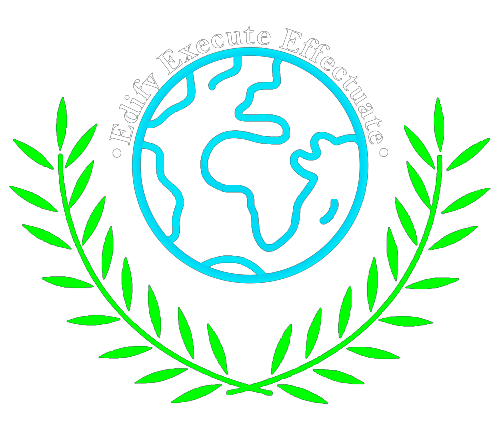The Relationship between Identity Formation and Age of Young Adults in India
AUTHOR CREDENTIALS 1. Bhattacharya, Sridatri – B.A. (Hons.) Psychology, Lady Shri Ram College for Women, University of Delhi 2. Chourasia, Maahi – B.A. Liberal Arts (Psychology Hons.), Sri Balaji University, Pune 3. Dokania, Swati- B.A. (Hons.) History, Atma Ram Sanatan Dharma College, University of Delhi 4. Puniani, Lavanya – M.Sc. Clinical Psychology, Christ (Deemed to be) University, Delhi NCR 5. Rachchh, Yaja Kalpesh – B.A. Psychology, Economics (Dual Majors), Christ (Deemed to be) University, Bangalore 6. Sharma, Tanisha – M.Sc. Clinical Psychology, Jain University, School of Applied Healthcare and Sciences, Bangalore 7. Singh, Roshni X. Sudarshan, G. M. – B.A. (Hons.) Psychology, Daulat Ram College, University of Delhi 8. Singh, Roshni X. Sudarshan, G. M. – M.Sc. Psychology, Karnataka State Open University, Mysur 9. Yadav, Navya – B.A. (Hons.) Psychology, Lady Shri Ram College for Women, University of Delhi ABSTRACT A vast majority of research on identity formation focuses on societal and environmental factors. However, there has been less research on the age factor in identity formation. There are various dimensions of the identity we form for ourselves ranging from achievement, moratorium, foreclosure, diffusion and achievement moratorium cycle. This study uses quantitative data collected by a survey form based on the Modified Marcia Questionnaire to understand the formation of such identities in individuals of ages 18-24. The results of this study highlights the age factor in identity formation in young adults. A major chunk of the population of young adults have reached the dimension of achievement, and many are at the level of achievement moratorium cycle.

